What Makes Our Country Great: India
Learning Outcomes
By the end of this lesson, students will be able to:
-
Identify key aspects that contribute to the greatness of our country
-
Understand the importance of cultural diversity, natural resources, & historical heritage.
-
Recognize the role of citizens in building a strong nation.
-
Appreciate the significance of unity & cooperation in a diverse society.
Introduction to India's Greatness
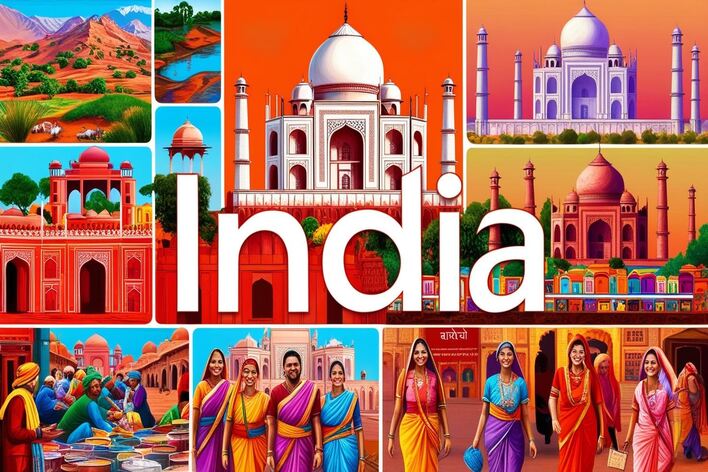
India is a nation steeped in history, with countless cultures & traditions. Due to the combination of ancient heritage and modern advancements, it is frequently known as "Incredible India". The natural beauty & resourcefulness of India can be seen from the majestic Himalayas to its an amazing serene beaches. In this lesson, we will understand the several factors that make india great such as its rich culture, history, economy & also how its citized make it great.
Cultural Diversity
India is known for its cultural diversity & essay is one of the best aspects of it. People of many ethnicities, religions, languages and traditions live in this country. This diversity is a blessing we should celebrate; it makes our society more interesting & adds beauty to our cultural cloth.
There are 22 officially recognized languages in India, with over 1,600 dialects spoken in different parts of our country. Every language type has its own unique historical background, culture & its own identity. And, for example, Hindi is spoken in much of Northern India & Tamil in the South. This cultural diversity is reflected in festivals celebrated across the our country. Four of the biggest national festivals in this our country, like Diwali (Festival of Lights), Eid (celebrated by Muslims), Holi (Festival of Colors), Pongal (harvest festival in Tamil Nadu), & Baisakhi (harvest festival in Punjab) so much diversity of customs and traditions.
Festivals and Their Significance
Each festival in India has its own significance & is celebrated with great enthusiasm. Diwali, for example, symbolizes the victory of light over darkness and good over evil. Homes are decorated with lamps & lights, and families come together to celebrate with sweets & fireworks. Eid marks the end of Ramadan and is celebrated with prayers, feasting, and giving to charity. Holi represents joy & the arrival of spring; people throw colored powders at each other in a celebration of love and friendship.
Pongal is celebrated primarily in Tamil Nadu as a harvest festival where families cook rice in new pots as an offering to nature for a bountiful harvest. Baisakhi marks the beginning of the harvest season in Punjab & is celebrated with dancing, singing, & traditional foods.
Historical Heritage
India's history is filled with remarkable achievements & events that have shaped its identity. From ancient civilizations to modern advancements, history plays a crucial role in defining who we are as a nation.
Ancient Civilizations
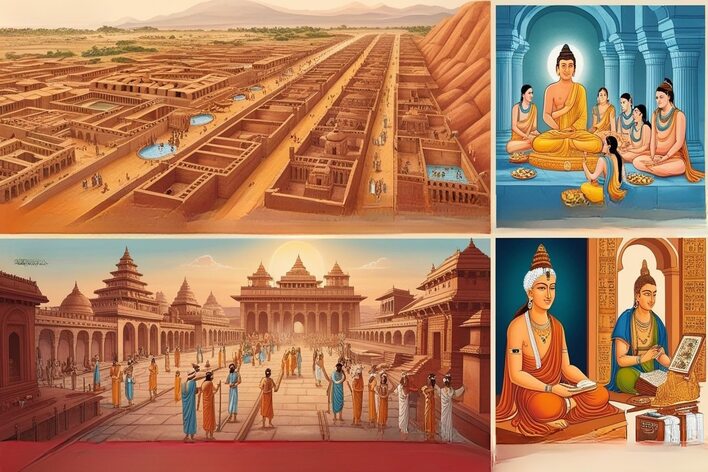
First one out of these oldest urban cultures in the world is Indus Valley Civilization. Founded about 2500 BCE in what is now Pakistan and northwest India, the Indus Valley civilization is notable for sophisticated urban planning & architecture. The cities then boasted advanced drainage systems and public baths.
This was followed by the Maurya Empire, with one of its most notable rulers, Emperor Ashoka, being responsible for the dispersion of Buddhism throughout Asia. India was under Gupta Empire during which science, mathematics (the concept of zero), art, literature, & philosophy flourished.
Freedom Struggle
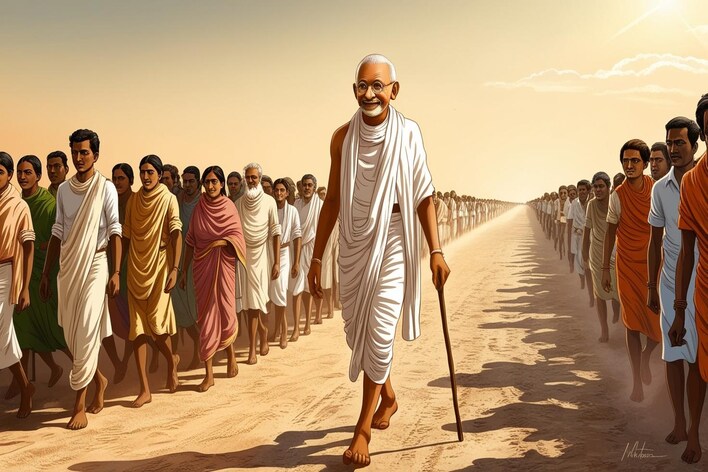
India's historical journey also has an important aspect of becoming independent from colonial rule. Hellen Keller elaborates, Leaders like Mahatma Gandhi fought against British Rule towards civil disobedience movements like Salt March. These efforts culminated in independence on August 15, 1947.
Millions took part in the freedom struggle backed by the ideology of Mahatma Gandhi. His leadership offered an example of peaceful resistance to oppression & of unity across different communities.
Natural Beauty
India is a land of diverse landscapes from the great Himalayas to the stunning beaches. Its raw beauty entices tourist from all across the world & is home to countless species.
Mountains
The Indian Himalayas are the highest peak in the world & the source of rivers that sustain millions. Hindus consider the Ganges River sacred — it flows down from these mountains Into fertile plains.
Rivers
The Rivers Ganges, Yamuna, Brahmaputra & Godavari are a lifeline for agriculture and also provide spiritual significance to a lot of communities. The Ganges River, sacred to Hindus, is especially the case.
Wildlife
India has many different trees and animals (Fauna & Flora). You also safeguard endangered species like tigers and one-horn rhinoceroses in national parks (eg. Jim Corbett national park or Uttarakhand, Kaziranga National Park or Assam). These reserves contribute greatly towards conservation of biodiversity & also for ecotourism.
Economic Strength
Strong economy is a backbone for any growing nation. Primary sector, manufacturing & service sector together contribute high to the Indian Economy.
Agriculture
A good part of the population is employed in agriculture which brings food security. They include rice, wheat, sugarcane, cotton, tea, coffee & spices. High-yield crops and other techniques of the Green Revolution dramatically increased food production in the late 20th century.
Industry
Industrial sector: Textiles, Automobiles, IT, Pharma, Steel, Electronics IT industry has become the part of global party because of its innovation & its contributions. And so, a city boom taking place in India, that is well known as a "Silicon Valley of India" is happening in Bangalore.
Services
The service sector emerged as a key engine of growth. Tourism is a vital contribution to GDP, as are healthcare, education, finance, & retail. Taste the culture Yes, India's rich heritage draws millions of tourists to visit the historical places such as Taj Mahal or during colourful festivals.
Unity in Diversity
Despite of different cultures in different communities India is one nation. The essence of this is perfectly captured in the phrase “Unity in Diversity”. It is a time for the diverse public to join in recognition of their common bond as a nation.
National Symbols
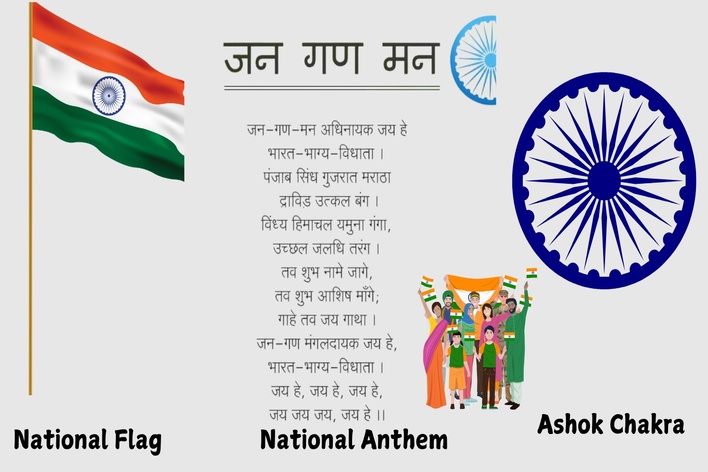
On national symbols such as flag, anthem & emblem that unite communities:
-
Flag: The tri-colour flag signifies peace (white), courage (saffron) & faith (green). It symbolizes the values we all share.
-
National Anthem: “Jana Gana Mana,” Lit by Rabindranath Tagore symbolizes National Feeling.
-
Symbol: The Ashoka Chakra stands for movement; there are 24 spokes that represent law (Dharma)
Real-Life Examples
Cultural Diversity
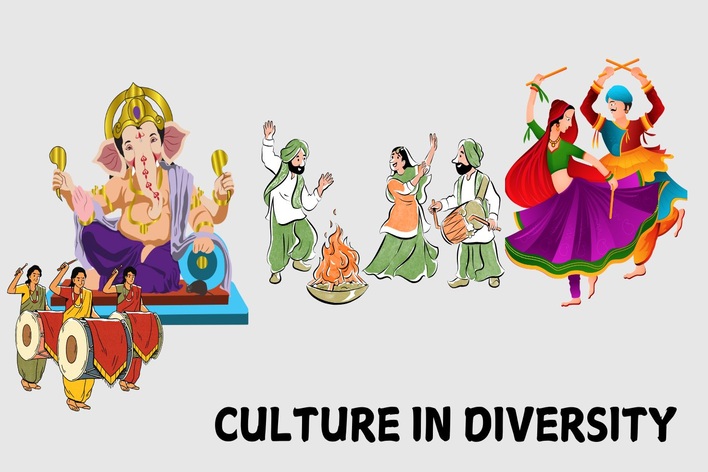
Every festival in India, from Diwali to Eid to Holi reflects our country’s diversity and each one of them brings people together to celebrate. Among these are events that showcase the country’s artistic, culinary, & traditional wealth
Historical Heritage
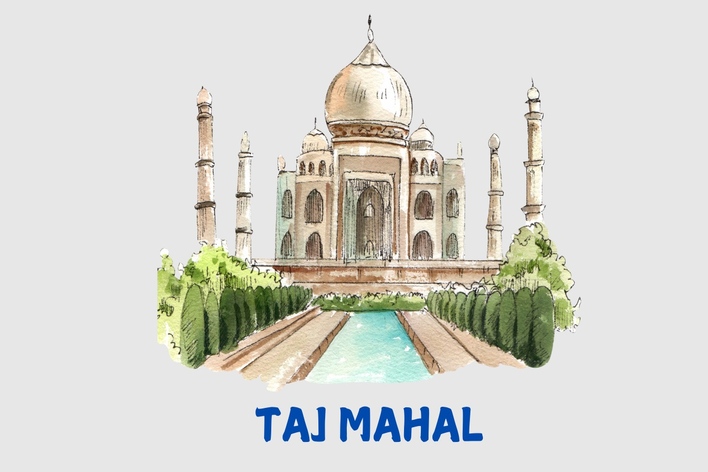
This historic monument represents India's great history and creativity & is a great tourist attraction. It is a reminder of the country’s glorious past.
Natural Beauty
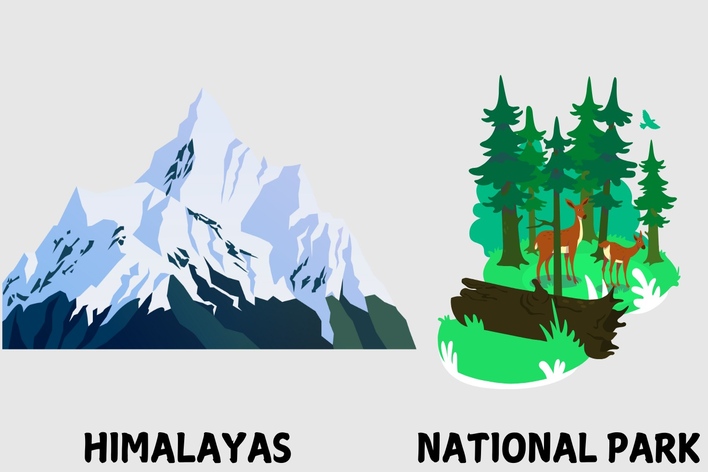
India has breathtaking natural landscapes and biodiversity, represented by the grand Himalayas and diverse national parks like Jim Corbett & Kaziranga. They playa vital role in maintaining the ecosystem of our country & also act as an attraction for the lovers of Nature.
Economic Strength
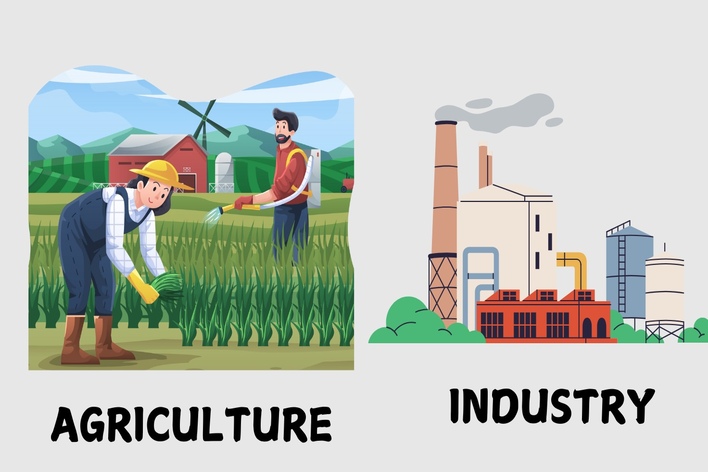
Home to rich plains yielding bountiful harvests and a thriving technology scene in cities such as Bangalore, India economic might is empowered by its various agriculture & manufacturing components. Which have been serving remarkable to the overall growth of our country.
Unity in Diversity
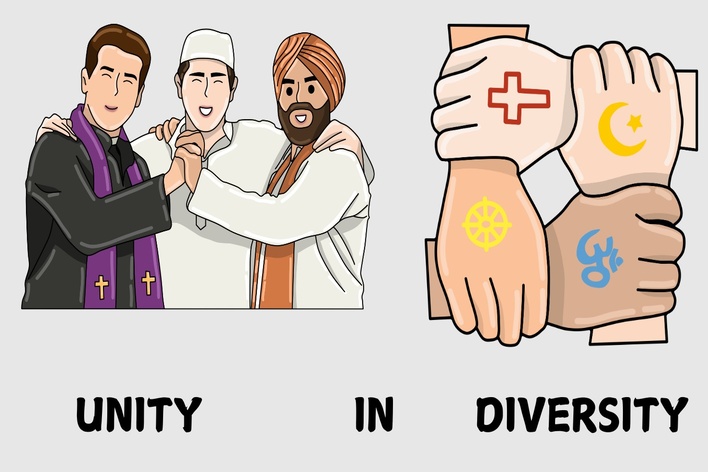
India is a land of diversities, with people from different origins and traditions living in harmony. This commonality is visible in national symbols & collective ethos, engendering a powerful sense of national identidade.
Fun Facts About Our Country's Greatness
Here are a few fun facts explaining what makes our country great:
|
Fun Facts About Our Country |
|
Our population is more than 1.3 billion people! |
|
It has over 2,000 different ethnic groups! |
|
Did you know that Taj Mahal is one of the Seven Wonders of the World! |
|
Every year, we celebrate life with over 30 significant festivals! |
The Role of Citizens in Building a Great Nation
We all have a duty to make this our country great. Here are ways people can make an impact:
-
Education: Educating oneself is ardently necessary for creating an informed society that can make educated choices for development.
-
Community Service: Volunteering cultivates citizen cooperation & develops communities.
-
Environmental Stewardship: Protecting our natural resources through conservation efforts ensures it's available for future generations.
-
Democrat Governance: Participation in the democratic process by voting or speaking write enables influence on policies in the life of every one.
-
A New Angle: Peace - Peace messaging promotes goodwill in the community no matter the differences.
Conclusion
What makes our country great helps us understand its rich history, cultural diversity, natural beauty, economic resilience, & the friendship of its people. Citizens have a large part to play in nation-building through education, community participation, environmental consciousness, administration & peace.
So as we bask in the greatness of our country together, we remember that even the smallest acts of kindness can help us make this place an even better place to live! Together with our differing backgrounds & capabilities in mind we can ensure a bright future for generations to come!
CBSE Schools In Popular Cities
- CBSE Schools in Bangalore
- CBSE Schools in Mumbai
- CBSE Schools in Pune
- CBSE Schools in Hyderabad
- CBSE Schools in Chennai
- CBSE Schools in Gurgaon
- CBSE Schools in Kolkata
- CBSE Schools in Indore
- CBSE Schools in Sonipat
- CBSE Schools in Delhi
- CBSE Schools in Rohtak
- CBSE Schools in Bhopal
- CBSE Schools in Aurangabad
- CBSE Schools in Jabalpur
- CBSE Schools in Jaipur
- CBSE Schools in Jodhpur
- CBSE Schools in Nagpur
- CBSE Schools in Ahmednagar
- CBSE School In Tumkur











